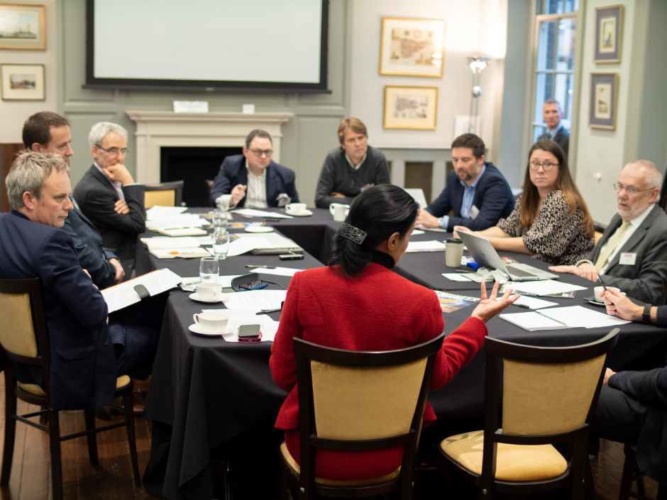
At a time of rapid technological change, when the boundaries between once distinct engineering disciplines and sectors are becoming increasingly blurred, collaboration has never been more important.
Indeed, sharing expertise, knowledge and different approaches to problem solving is frequently the key to addressing the big challenges we face as an industry and a society.
The fruits of this process are at the heart of many of the stories reported on by The Engineer and are also celebrated through our annual awards Collaborate to Innovate (C2I) awards program. But collaboration isn’t without its challenges: How do you instigate collaborative partnerships? How do you structure a collaboration to be sure that you’re not surrendering a competitive advantage? And how do you overcome the cultural barriers (and differing vernaculars) of different sectors and disciplines?
READ MORE ABOUT OUR C2I 2019 WINNERS HERE
Last year (November 2019) The Engineer - in partnership with the High Value Manufacturing Catapult - brought together a panel of experts to discuss these issues, ponder the importance of driving strong collaborative relationships and identify some of the key factors that drive effective and successful engineering collaboration.
Our diverse group of experts – which included representatives from industry; academia; and “match-making” organisations set up specifically to drive collaboration - had plenty to say on the topic. We hope this special report provides some useful food for thought for anyone looking for pointers on how to collaborate effectively.
Meet the panellists
- Dr John Lazar CBE – Royal Academy of Engineering
- Prof Richard Hague – Director of Centre for Additive Manufacturing, University of Nottingham / Director - Added Scientific
- Dr Peter van Manen – Service Development Consultant, Frazer-Nash Consultancy
- Rosa Wilkinson – High Value Manufacturing Catapult
- Dan Bunting – Head of Business Development, Advanced Propulsion Centre
- Fiona Haig – Head of Clinical Engineering, CMR Surgical
- Tim Armitage – Associate Director, Advanced Technology and Research Group, Arup
- Dr James Widmer – CEO, Advanced Electric Machines Group Ltd
WHY COLLABORATE
While most projects are collaborations of some kind, we found it useful to ask our panellists to explain why they thought collaboration was valuable. Small business operator James Widmer put it in simple terms: “there’s only 17 of us at the moment, and you can’t do everything yourself. Equally, a lot of the time you can’t afford to pay to do everything yourself. If you can find a small group of companies or university researchers that you can bring together, you can do everything in a much more pragmatic way.” As Nottingham University’s Richard Hague put it, “very often organisations will have a view that they can do everything, but they cannot. It’s absolutely essential to bring in collaborators to fill the gaps.”
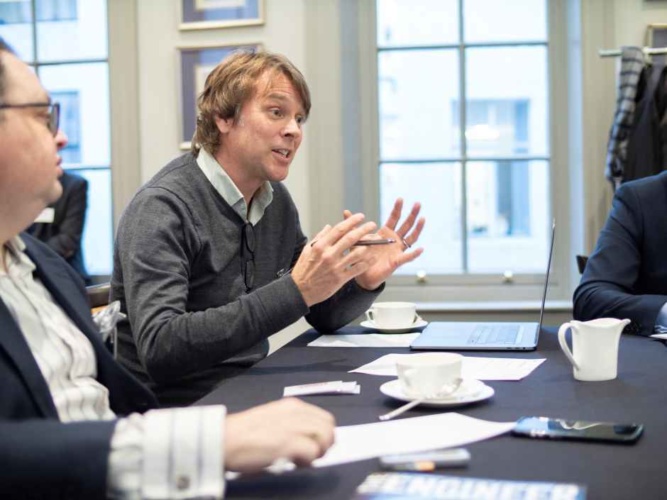
Engineering is particularly dependent on collaboration because by its very nature it is multidisciplinary, and becoming more so. John Lazar, a software engineer who has been involved in many collaborations across different sectors, pointed out the rate of change. “There's a bigger challenge for us at the moment in a world which is changing extraordinarily quickly, where we have really rapid exponential change, particularly with things like AI and machine learning. We will get the best results if we, as engineers, reach out across disciplinary boundaries as much as possible and also encourage diversity.”
COMMUNICATION
One of the key factors to effective collaboration is good communication, but when you’re working with specialists from different disciples and sectors this isn’t always as easy it sounds.
As Prof Richard Hague pointed out, many different sectors have their own vernacular, and cutting through this is essential if you’re going to make real progress together. “Language is really important,” he said. “Very often people are talking about the same thing, but just with different words. Learning to understand other people's vocabulary is really, really important.”
CMR Surgical’s Fiona Haig is at the sharp end of this process. Through the development of her firm’s Versius robot arm (see more on page 26) she’s had to collaborate closely with surgeons and clinical staff.
The key to achieving this, she said, has been building a truly cross disciplinary team. “My team is a mix of software engineers, electronics engineers, bio engineers, medics and nurses. We are all the development team. But by everybody sort of stepping over into the other person's camp and trying to understand what they mean by a piece of terminology….and being able to step outside your lane and really blur the edges has really helped.”
Another panel member with direct experience of the challenge of communicating with specialists from completely different fields is Arup’s Tim Armitage.
Through the Arup led UK Autodrive Project, a former winner at The Engineer’s C2I awards and one of the UK’s largest trials of driverless car technology, Armitage led a team of consisting of engineers, but also local authority representatives, motor insurance firms and even the general public. A key lesson learned through this project he said was going into the early conversations with a completely open mind. “One of the things we realised is that you have to work together to break things down on both sides until you reach a point where you can start talking …don’t be afraid of asking the stupid questions.”
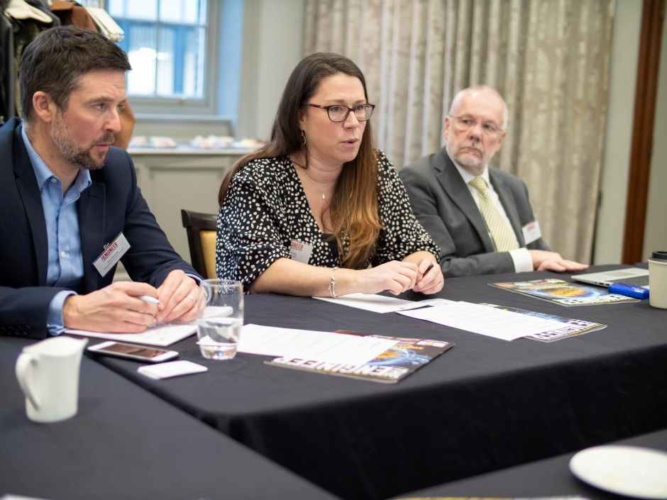
Meanwhile, reflecting on his earlier career in the motorsport sector, Frazer-Nash Consultancy’s Peter Van Manen said that smart use of data can help inform clear communication between partners. “When we started first using data in motor racing back in the 1980's, one of the primary reasons was to provide a common language… to allow collaboration between someone who didn’t know engineering and someone who didn’t know how to drive racing cars.”
Ultimately, added Fiona Haig, it’s about trusting your partners. “Go into the relationship assuming it is going to work. Go into it saying ‘we both want to be here, I know you can bring something to this, I can bring something to this’ and assume you're going to be a success. Start positively and try to keep it that way.
BUSINESS ACADEMIA COLLABORATION
Many of the UK’s most fruitful collaborative projects are between businesses and academia. But such projects can only get going if the participants can find each other in the first place. Richard Hague, who as well as leading a research group also runs a spin out business, is well aware of the role that universities can play in this, and how researchers can ensure that they are visible to potential industrial collaborators.
“I'm amazed how many companies will come to us….having read one of our journal publications, and say, well I read your paper on this, and we’re working in a related area. Publicising yourself well is useful. Whether you do it through a website or journal publication, you have to get the message out.”
However, not all collaborations are between business and academia. James Widmer pointed out that inter-company collaborations can also be very fruitful. “Something I’ve seen more in other countries than the UK is this sort of a critical mass thing. In the electric motors world, there is some fantastic stuff going on. A lot of companies who you think might normally compete, actually tend to work quite closely together.”

He added, that the German Mittelstandt concept of small companies with common interests working together on non-competitive projects is very fruitful. “Bringing together all these little companies working together, even if on the surface of it, they compete, has made a huge difference. In the UK, we tend to like to compete amongst ourselves. Sometimes, looking at the bigger picture, and trying to aggregate what we're all doing is very sensible.”
COLLABORATION CHAMPIONS
Panellists agreed that organisations like the High Value Manufacturing Catapult and the Advanced Propulsion Centre are playing an important role in helping to create this collaborative culture.
Widmer said that by acting as magnets for smaller, innovative companies, such initiatives are helping to create collaborative pockets of excellence in key emerging areas. “[They help us] look at how we can work together to get to where we all need to be rather than fight amongst ourselves” he said.
Rosa Wilkinson added that many of the centres that make up the HVM catapult actively stimulate this through their membership models. “Some of our centres have a membership model, where part of the membership fee people pay….goes into a big pot and together the members agree how that pot is going to be used, on projects which are actually of interest to a large number of them.”
APC’s Dan Bunting also championed this approach. “There are so many challenges or opportunities… and you can't do them all,” he said. “Single organisations can't decide on a strategy and put things in place and go through their processes.”
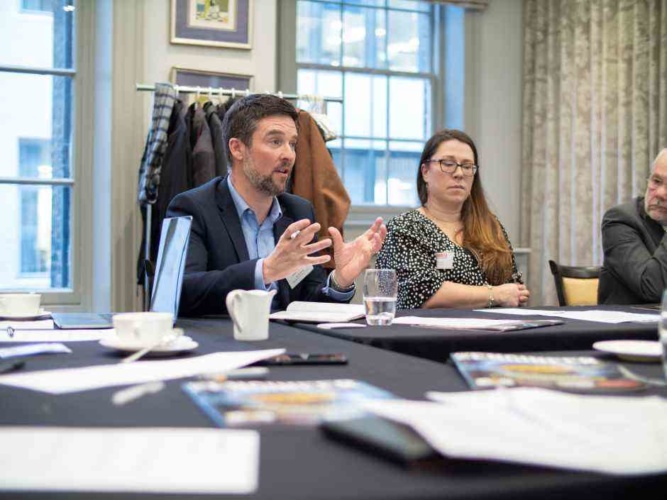
Collaboration blueprint
Practical advice on how to collaborate successfully
- Establish a legal framework for collaboration from the beginning
- Agree upfront what the target of the project and ensure the whole team is aware of the end goal
- Be honest about what can and cannot be done.
- Go into the relationship assuming it is going to work but accepting there will be challenges along the way.
- Ensure that the collaborative team has its own identity and is not defined by the affiliations of its members.
- Talk to project partners every day, and schedule weekly catch-ups with the whole team
- Celebrate milestones and other notable achievements.
- Try to see things from your partners’ point of view
- Standardise on communication and other collaboration tools
MANAGING RISK
When companies become involved in collaborations, there is often an element of risk. Business practices, processes, and intellectual property may be opened up to outsiders. Such risks may put many companies off the idea of collaboration, despite its potential advantages.
Peter van Manen insisted that managing risk should be built in from the very beginning. “Risk is something that gets in the way of innovation,” he commented. “The innovation process doesn't come with any guarantees. And that matters not only to the individual company, but to the company's investors.”
The legal framework underpinning collaborative projects is crucial, he added. “It’s essential to have that framework upfront. But really the collaboration is amongst the engineers and scientists that take the project forward. It's not the legal experts in the companies that take that forward.
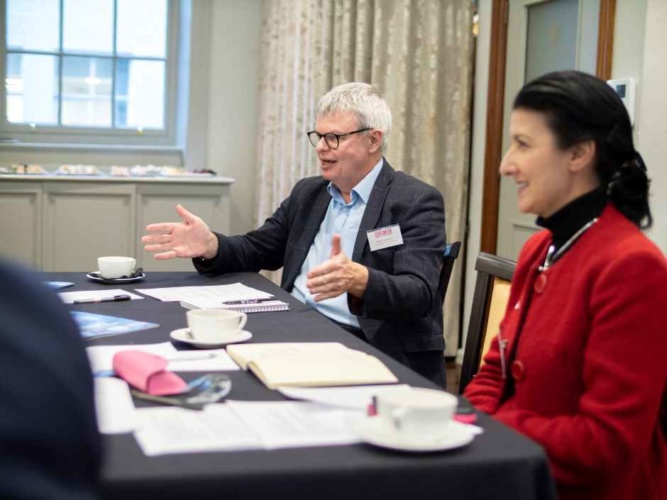
Tim Armitage, whose work on projects like Autodrive has seen him collaborate with financial organisations, insisted that setting up this legal framework at the outset of the collaboration helps to ensure that the way it will be run is clear. “You need clarity” for the project to proceed smoothly, he said. “The legal framework is a is a form of clarity, but this is where you need clarity not only on what you’re trying to achieve. You also need a way of monitoring that, so you can say we’re going in the right direction or we’re going a bit off-piste.”
James Widmer, who champions collaboration on subjects of common interest between companies who might otherwise compete, spoke about ensuring that the risk is balanced between collaborating organisations. Openness about the limits of the project is vital, he said. “It's all very well bringing experts together. You can set them up with great ideas, and they talk candidly to each other, but the trickiest thing is getting everyone to trust each other, and putting the framework in place that enables that relationship to actually work.”
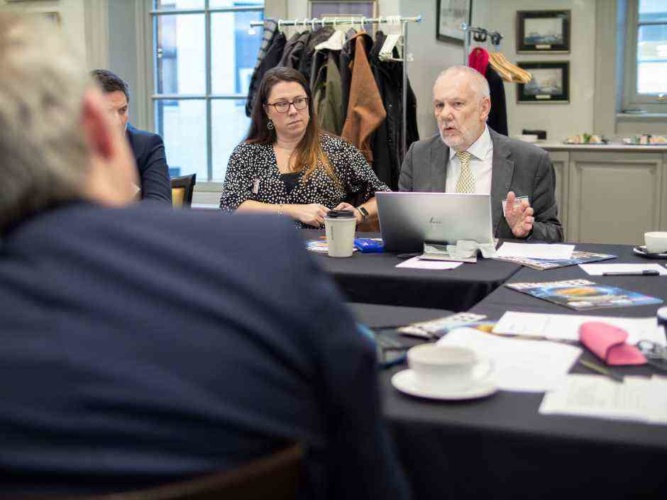
SKILLS
Every debate about the current state of engineering is somehow concerned with skills. Collaboration is no different, and the panellists were agreed that often the way that engineering is taught contributes to problems. The expression “siloing” cropped up often in the discussion. “So much of engineering training at university is so deeply siloed that you get people coming out of university who really struggle with working with people in other disciplines,” John Lazar commented. With this being an essential skill for collaborations, especially in sectors which cross boundaries by their nature, this can be a disaster, the panel agreed.
Sometimes, collaborative thinking has to be taught, he added. “One approach I’ve heard of is bringing computer scientists and engineers in with creatives in a horizontal space where they are literally forced to work together on fashion and music projects at an early stage. I would bet that people coming of these projects are much more open to thinking about wider collaboration.” Unorthodox methods like teaching theatrical improvisation skills could also be fruitful, he suggested, and Richard Hague added that people who have already shown a facility for learning languages are often good at this kind of thinking.
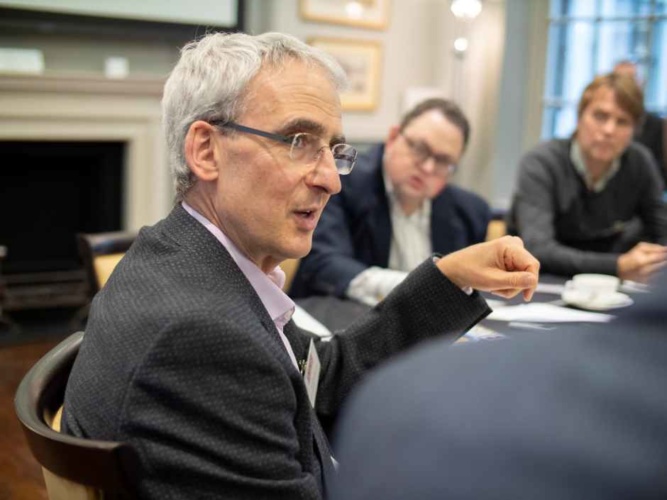
James Widmer also advocated this type of approach. “I got involved with Coventry University because of their Advanced Manufacturing Engineering Institute,” he said, “where you're putting people into real work situations, they have to actually engage with real people doing real things and learn from that.”
USE THE TOOLS
One very simple way in which communication challenges can be overcome is by using the practical tools that are available: from digital twinning systems that engage every member of a team in the development cycle, to the plethora of platforms that make it easier for us to talk to each other
“I think the tools have improved,” said John Lazar. “They're still not perfect, because you get too much volume of information. But you can see big virtual teams working together much better now than 15, 20 years ago. So I think a combination of communication tools, project management, and tracking stuff is much better than it was. You have to be really, really careful about how you use them and how you manage them but when they're used well, they're brilliant.”
Rosa Wilkinson cautioned that there is a skills dimension to the effective use of these technologies. “It really is a question of expertise,” she commented. “Making use of some of these digital tools requires a skill set as well, which not all firms will have.”
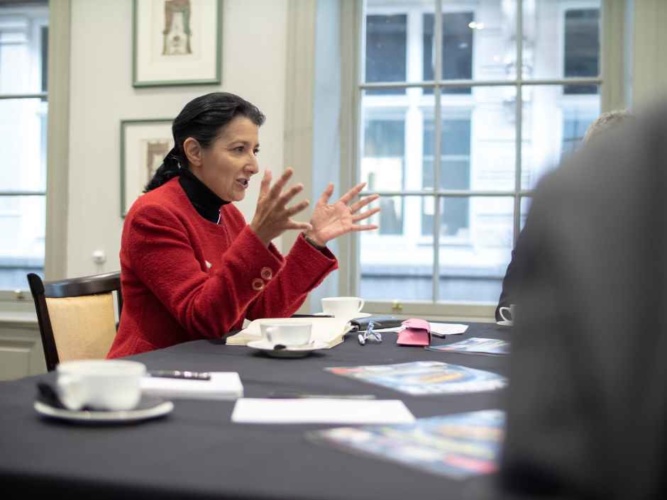
Panellists also discussed the pros and cons of the plethora of virtual conferencing facilities that are now available. Whilst agreeing that anything which aids daily communication is positive, there were some misgivings over the capabilities of current systems. “I haven't found any of them very helpful as tools,” complained James Widmer “I don't know why they're not better, really.”
Others disagreed, Richard Hague said conferencing tools have become absolutely key to his group/s work with external partners, and that providing that meetings are correctly structured, the technology is effective and easy to use.
As well as good housekeeping, standardising on one system and sticking with it, rather than flitting between different conferencing systems, was a key piece of advice. “Something as basic as just using one tool has made a huge difference.” Said Fiona Haig.





Plasma technique converts landfill methane to jet fuel
Trevor; there are still many landfill sites in the UK where the methane is not captured but not only that, where there is protein waste in them, they...